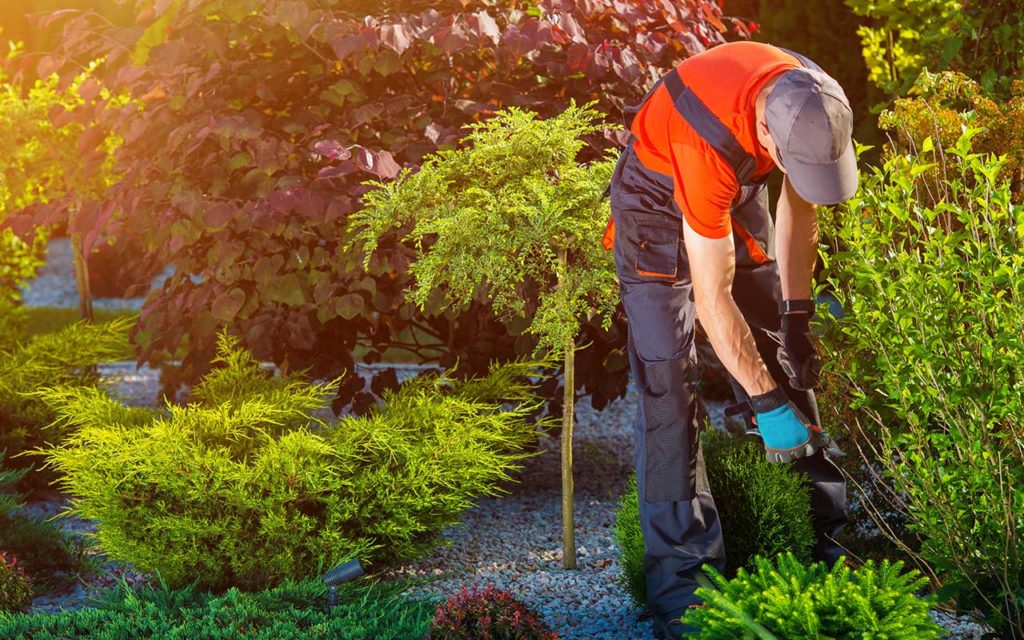A lush green lawn in your garden make you feel pleasant and calm. To maintain your lawn to its optimum health, you may plan to add fertilisers which may be a simple task.
However, it’s surprising that you may commit some mistakes that can ruin your lawn. And these mistakes are not limited to homeowners but even turf professionals also may commit them.
Avoiding these mistakes with the help of a team that offer services for a professional landscaping Eastern Suburbs from Amico can bring you rewards of saving money, greener lawn and fewer weeds; moreover, you’ll be helping the environment.
1. Not Learning about Your Soil
Learning about the kind of soil that supports your lawn will definitely help you use fertilisers efficiently and effectively.
Various types of soils respond to fertilisers in different ways which means you’ll have to think carefully about what and how to apply.
It’s not necessary that your entire garden has the same type of soil. Therefore, for testing, you’ll have to dig test holes at different spots. These should be about 10cm deep.
There are mainly three types of soil – clay, loam and sandy, and sometimes even crossover between all of them.
- Clay
Clay can be identified due to its sticking together upon squeezing, and if moistened, it feels sticky or slimy. It’s highly prone to compaction which further can result in issues with drainage and grass growth.
Though clay is high in mineral nutrients, those nutrients can be ‘locked up’ inside the compaction. Use ‘clay breaker’ or hose-on gypsum to open up the soil and release the nutrients.
Also add a quality slow-release fertiliser and liquid seaweed regularly.
iii. Loam
You can identify loam as it loosely clumps together upon squeezing but also falls apart later quite easily. While it is excellent for lawn growth and retention of water and nutrients, it’s prone to compaction.
Here you’ll have to use high-quality organic-based or slow-release fertiliser either with regular method or hose-on seaweed.
iii. Sandy Soil
When you see sandy soil, you can clearly see sand in it which falls apart if you try to squeeze it.
Actually, it’s excellent to put under lawns because it doesn’t form clumps; however, it also loses nutrients easily when you water it as the water runs quickly through it taking nutrients with it.
If your soil is sandy, avoid excessive watering after adding fertilisers.
Add liquid fertilisers that will be soaked by the grass leaves and apply a hose-on seaweed tonic regularly to help form more natural organic matter in the soil by encouraging the growth of soil microorganisms.
Adding an organic lawn fertiliser is also a good idea for the same reason.
2. Not Testing pH During a Problem
Testing your soil’s acidity and alkalinity by pH testing may be useful if you have an unsolvable problem. It’s not needed if your lawn is growing well.
Ideally the pH should be 6 to 7. If it’s outside this range, your lawn may not get nutrients. You can test the pH with a simple kit from the nursery or hardware store.
Remember that pH can differ dramatically from one end of the lawn to the other; so, test each sample individually.
For acidic soil, adding garden lime or dolomite is the solution, while for alkaline soil, you should add sulphur.
3. Adding Too Much
If you add too much fertiliser, particularly if the soil is sandy, it will seep through the soil making its way to groundwater, lakes, streams and wetlands, which means that your money will be wasted and environment will be polluted.
It may also result in surge growth in which grass grows too much too quickly, leading to weak grass blades and stressed up lawn due to excessive metabolism. This also makes it vulnerable to attacks by diseases and pests.
Thus if you fertilise your lawn carefully, taking an advice and hiring professional landscaping services Sydney from Amico, you’ll have the lawn you desire to spend a good time on.

